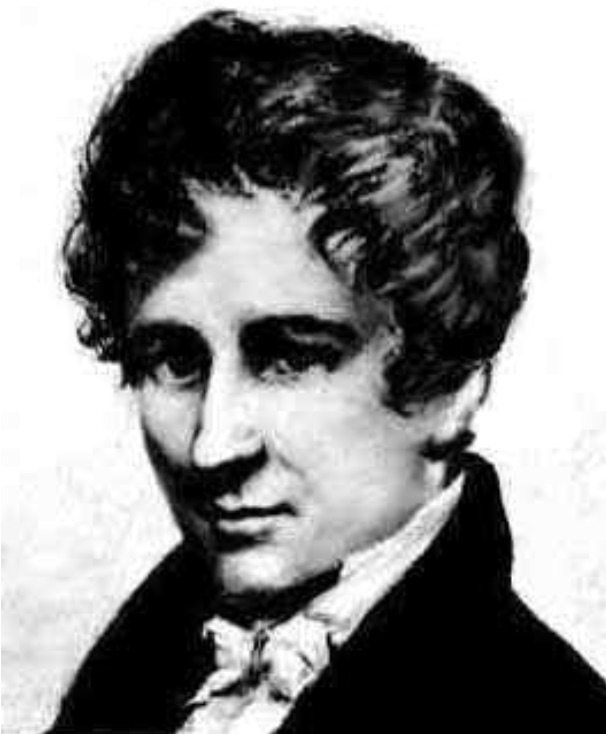
Niels Henrik Abel was born on August 5, 1802 near Stavanger, Norway. England and Norway had been in conflict during the Napoleonic Wars, resulting in a blockage that left Norway in an economic crisis that led to widespread hunger and poverty. Until the age of 13, Niel’s only education was tutelage by his father who had a degree in philosophy and theology. Then, in 1815 he and his older brother were sent to the Cathedral School in Christiania, that had lost its best staff members to the new university. One of the students had died from injuries suffered when the mathematics teacher issued a harsh punishment.
Niels was languishing in that barren environment until 1817, when that math teacher was fired and his replacement, Bernt Holmboë, came on staff. Within a short time, Niels was engaged in university-level mathematics and reading the works of Euler, Newton and Lagrange. However, in 1820, Niels’ father died, leaving the family penniless and there was no money for his education. Fortunately, Holmboë helped his prize student secure a scholarship and supplemented this by canvassing his colleagues for donations, thereby enabling Niels to continue in his study of mathematics at the University of Christiania.
While at the University, Abel became the protegé of the astronomy professor Christopher Hansteen who also helped him acquire financial aid. Niels flourished in this environment, publishing in 1823, three papers on functional equations and providing the solutions to various integral equations. Since his last year in high school, he had been attempting to find a solution to the quintic equation–a Holy Grail that had eluded the best mathematicians. Then, in 1824, he proved that there was no algebraic formula for the roots of a general fifth degree equation. This paper along with six others of his, appeared in the first volume of the newly founded Crelle’s Journal in 1827, under the title Recherches sur les fonctions elliptiques.
Niels Abel traveled through Europe attempting to generate among the French and German mathematicians some interest in his research, but he received at best a moderate response. Cauchy gave it a cursory scan and Gauss indicated he was not interested in seeing the paper. Lagrange, however, acknowledged that Abel’s work on integral equations put him at the forefront of analysis.
The poor health that had dogged Niels throughout these years continued to deteriorate, though he continued to generate a prolific output. In 1828, he became ill when traveling by sled to visit his fiancé at Christmas, and was confined to bed with a serious cough shortly after Christmas. His sickness, later diagnosed as tuberculosis progressed throughout the winter months and on April 6, 1829, Niels Abel at the age of 26 died. Unaware of Abel’s passing, his friend August Leopold Crelle wrote to Niels on April 8, to tell him the good news–he had secured for Niels a professorship in mathematics at the University of Berlin.
